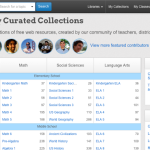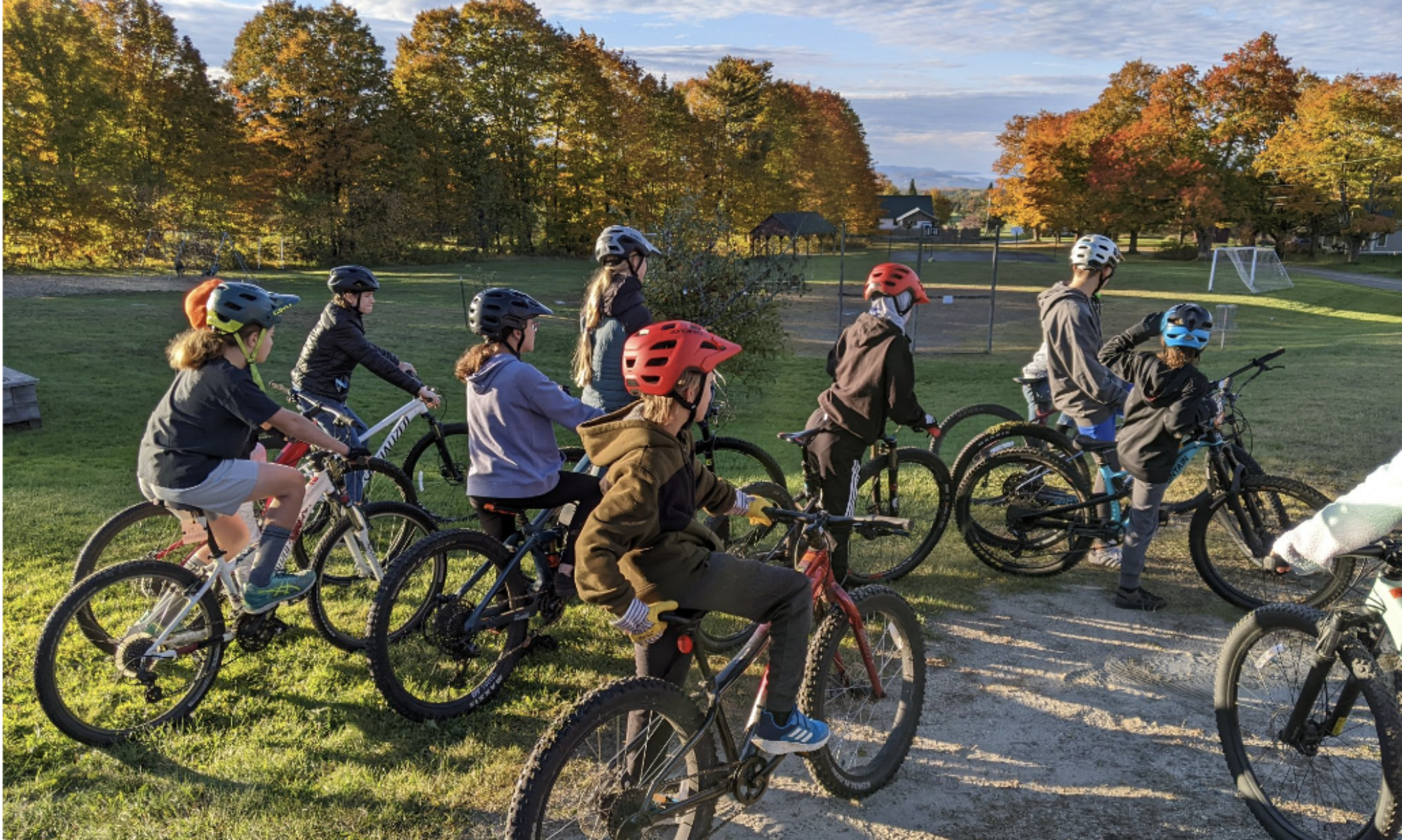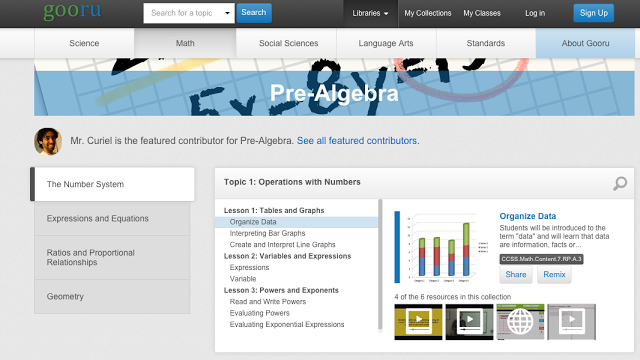Getting educators to a place of power with a powerful method
 When I think about educational technology, it has never for me been divorced from pedagogy. As soon as I encounter a new digital tool, although it might attract me at first based on its novelty, my mind immediately jumps to the connection of how can I use this with my students to __________. I fill in that blank with all manner of things to include: uncover what they’ve learned, inspire deep thinking, provide a visual prompt or clue, create an engaging hook, etc. So, sometimes I’m taken aback when colleagues suggest teachers who embrace technology “tool hop” without any intentionality or simply like to play with then next new, shiny toy.
When I think about educational technology, it has never for me been divorced from pedagogy. As soon as I encounter a new digital tool, although it might attract me at first based on its novelty, my mind immediately jumps to the connection of how can I use this with my students to __________. I fill in that blank with all manner of things to include: uncover what they’ve learned, inspire deep thinking, provide a visual prompt or clue, create an engaging hook, etc. So, sometimes I’m taken aback when colleagues suggest teachers who embrace technology “tool hop” without any intentionality or simply like to play with then next new, shiny toy.
Often, those same colleagues see blended learning, a mix of traditional face-to-face and digital tools for instruction and assessment, as a method that diminishes a teacher’s role and cedes control of the learning to the computer.
I would direct those who believe so to read this definition of blended learning by Susan Patrick:
“Blended learning is a delivery system that utilizes the best of online learning tools and resources to shift the instructional model toward student-centered, highly personalized approaches. Blended learning makes it easier for teachers to be empowered with technologies that allow personalization.”
It is this message of empowerment through the use of technology to personalize instruction that I want to convey to all those teachers who remain skeptical about technology in education.
In Five Steps to a Successful Blended Learning Program, Sari Factor describes the teacher as the most important factor in determining student success in a blended learning environment and advises that “with data generated from online tools and resources, teachers can pinpoint individual student needs and focus on high-value activities” to include:
- coaching students,
- providing intervention for those who need extra help,
- and designing challenges for those who grasp concepts quickly
In addition to using digital tools to generate important formative data, teachers have ready access to resources to be responsive to students’ varying needs for intervention and challenge. One way teachers can scaffold and support learning for individual students when formative data shows a need is to create individual playlists using Gooru. Search their Community Curated Collections by age, topic, or standard. See the curated resources and use the whole collection, remix the resources, or grab the video or web link that provides the perfect intervention or challenge in the moment for the individual or small group need.
Read more about successes and challenges of blended learning in action in Jordan Moeny’s Education Weekarticle In California, Blended-Learning Approach Turns Teachers into Facilitators and continue to feel empowered by the possibilities.




Blended learning and teacher empowerment http://t.co/knU9SvYO5R http://t.co/TgK6wanYrN
Enjoyed your post, @hennesss | Blended learning and teacher empowerment http://t.co/GLpDjTDtdC | @innovativeEd #VTed
RT @Jeff_Badillo: Enjoyed your post, @hennesss | Blended learning and teacher empowerment http://t.co/GLpDjTDtdC | @innovativeEd #VTed
RT @innovativeEd: Blended learning and teacher empowerment http://t.co/knU9SvYO5R http://t.co/TgK6wanYrN
Check out this interesting article by @hennesss on #blendedlearning as a source of teacher empowerment: http://t.co/cl76jgxLoE
When properly implemented, blended learning can definitely result in improved student success, satisfaction, and retention. Great post!
online courses
With the emergence of educational AI, the blended learning environment is set to explode. Very soon, students will be able to interact with a competent 1 on 1 at all times. Individualized learning will be the wave of the future!